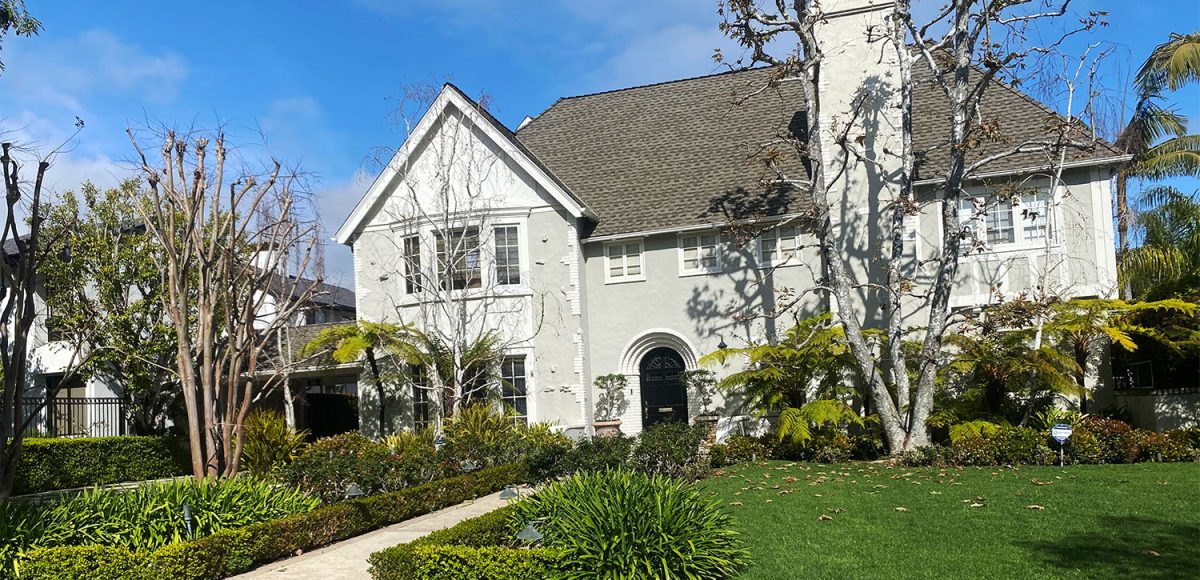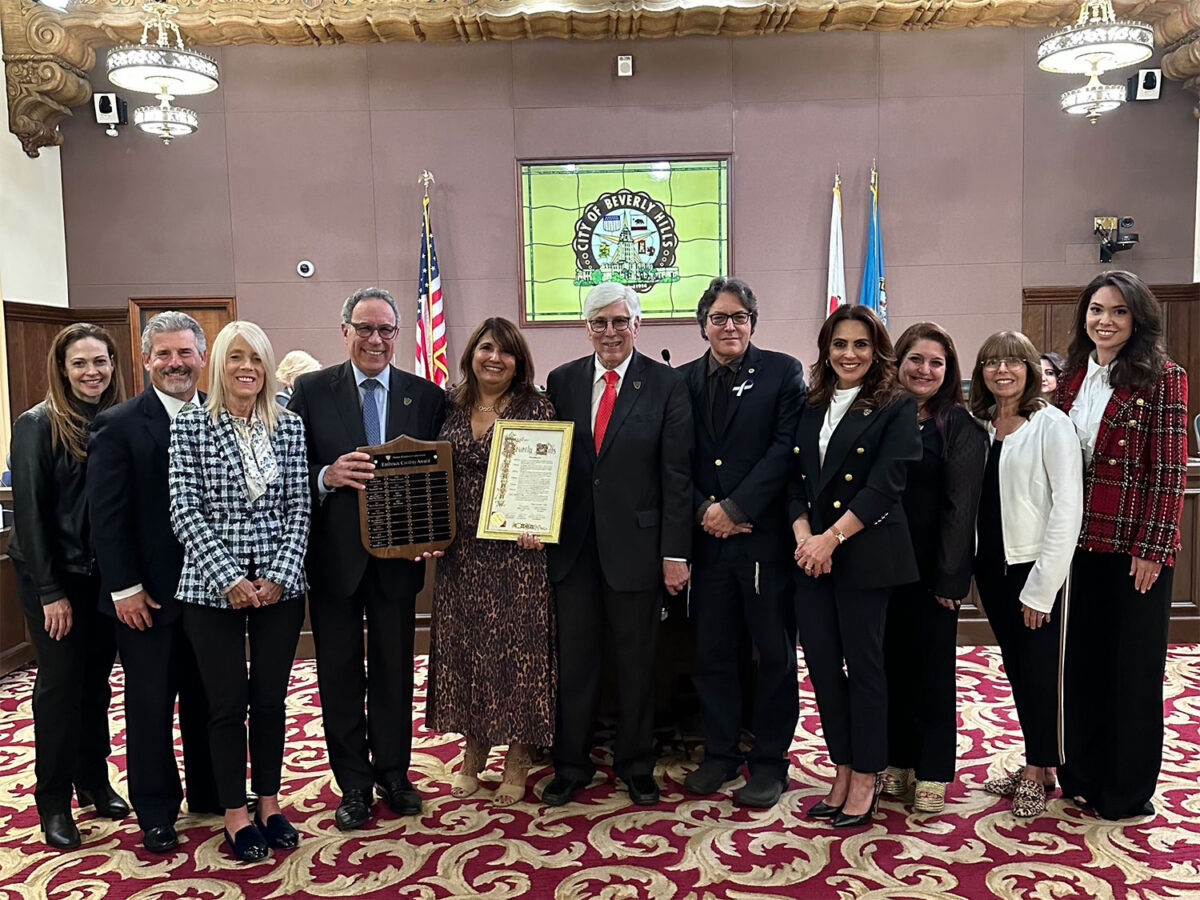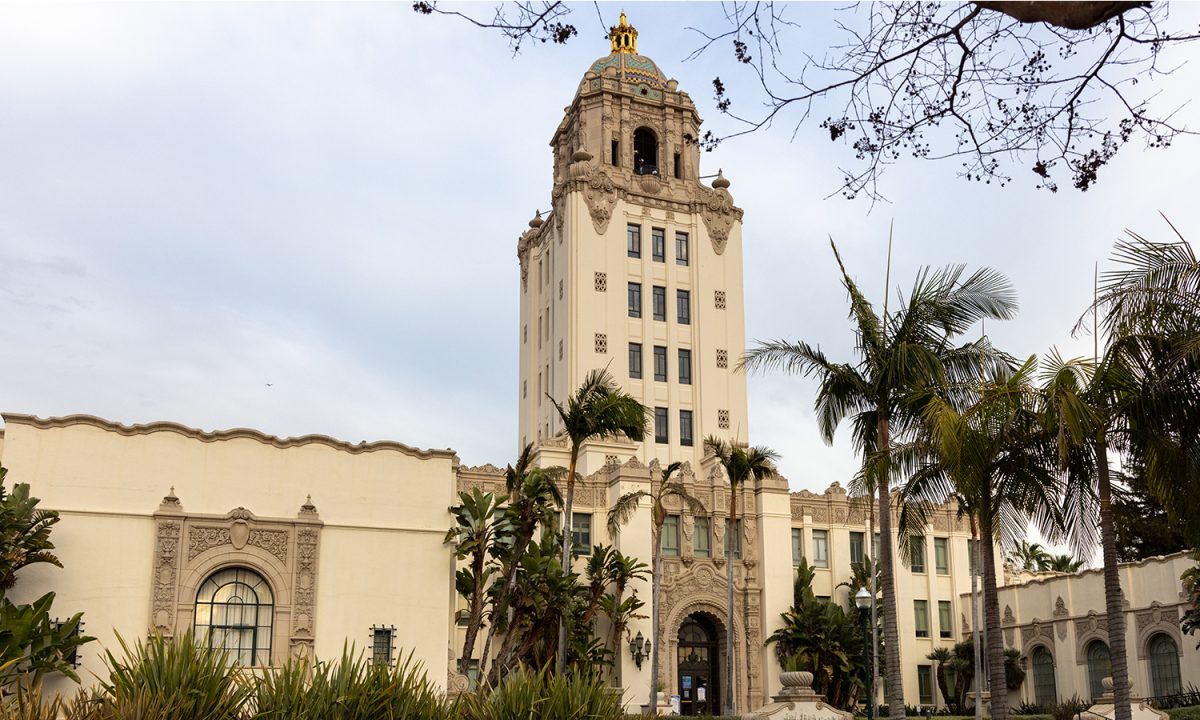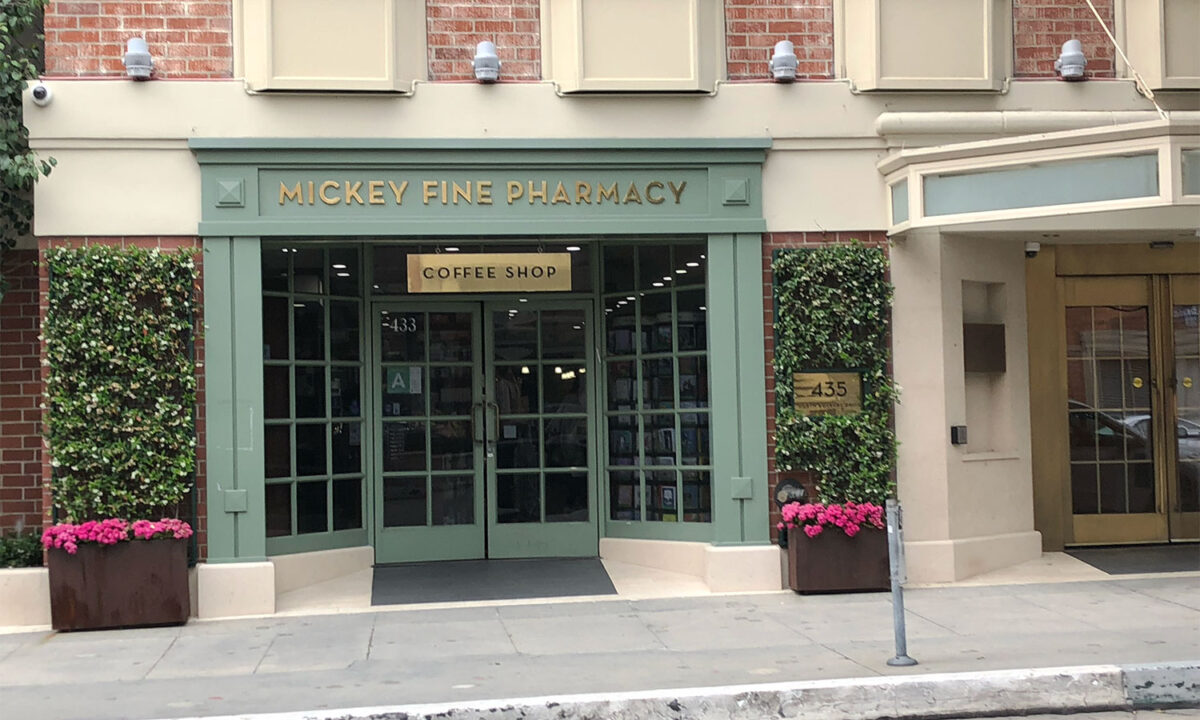The Beverly Hills Cultural Heritage Commission voted this week to select four locations as nominees for the Golden Shield Cultural Program. The nominees are the Beverly Hills Nurseries, the Beverly Hills Speedway, the Warner-Beverly Theater and the Rachmaninoff Residence.
The program recognizes establishments that hold cultural, historic and architectural significance to the city of Beverly Hills. The chosen buildings, sites, and entities, including long-standing local businesses or organizations, are honored with a plaque highlighting their historical and/or cultural significance.
In order for a location to qualify for golden shield cultural recognition, it must:
1. Exemplify a particular way of life that helps to strengthen the economy of the city by formally recognizing important features and sites for residents, tourists and visitors;
2. Foster public appreciation and civic pride in the character and quality of the city and reinforces a sense of place associated with Beverly Hills;
3. Possess artistic or aesthetic value, or represents the unique characteristics of a particular architectural style, architectural type, architectural period or method of construction;
4. Be associated with community members, businesses/institutions, or events that are important to the cultural history of the city;
5. Have a unique location, singular physical characteristic, educational value, or is a prominent or familiar visual feature within the cultural landscape of the community;
6. The recognition must be expressly agreed to by the owner(s) of the property. Twenty-six other Beverly Hills locations have also been selected for Golden Shield nominations.
The Beverly Hills Nurseries was established by the Rodeo Land and Water Company and was located on the south side of Sunset Boulevard, between Palm Drive and Alpine Drive and was relocated in the mid-1920s to a 16-acre location at the corner of Santa Monica Boulevard and Wilshire Boulevard, where the Beverly Hilton Hotel is currently located. The nursery ceased operations in 1946.
The Beverly Hills Nurseries was one of the largest retail nurseries in California and played an important role in the development of the landscape of the city of Beverly Hills. The majority of Beverly Hills residents would use the nurseries to grow orchids and landscape their own residential properties.
“The legacy of the Beverly Hills Nurseries calls back to a time when Burton Green sees the appeal to landscape the city with a wide variety of trees and plantings,” Craig Corman, a member of the Cultural Heritage Commission, said.
The Beverly Hills Speedway was a 200-acre wooden racetrack opened in 1920. The track was the first in the United States to incorporate banked turns, which are turns where vehicles incline, and could seat 75,000 spectators. Before being demolished in 1924, the racetrack hosted a number of famous racers including Ralph DePalma, Tommy Milton and Gaston Chevrolet.
If approved, the speedway would receive two plaques: one at the track’s former main entrance at the southeast corner of Wilshire Boulevard and Bedford Drive and the other at the track’s former VIP entrance at the northwest corner of Beverly Drive and Olympic Boulevard.
The commission wanted to give the speedway two plaques “to give (residents an idea) of the size of this track,” Commission Vice Chair Marc Teren said.
The Warner-Beverly Theater was located at 9404 Wilshire Boulevard and was commissioned by Jack Warner and Warner Brothers Studios. From 1931 to 1987, the 2000-seat theater was host to major motion picture premiers, such as 1962’s “Lawrence of Arabia” and 1954’s “White Christmas.”
“It wasn’t just a movie theater, it was an industry premier destination,” Corman noted.
Designed by Master Architect B. Marcus Priteca, the building’s shape was made to resemble a ziggurat and was crowned with a spire that spelled out “Warner.”
If approved, the plaque would be placed on a public sidewalk on Wilshire Boulevard and Canon Drive.
The Rachmaninoff Residence was the final home of Sergei Rachmaninoff–world-renowned Russian pianist, conductor and composer. Rachmaninoff died at his Beverly Hills home on 610 North Alpine Drive in 1943. He had only lived in the property for less than a year, which raised concerns about
its historical significance to some members of the commission.
“It’s less than a year. It wasn’t like he wrote his main body of work while he was (in Beverly Hills),” said Commissioner Jill Tavelman Collins.
Corman agreed that the short time that Rachmaninoff actually lived in the property and the fact that he never composed any music while there were valid concerns, but believes that the fact that the residence was a meeting place for other iconic 20th-century classical musicians such as Igor Stravinsky and Vladimir Horowitz makes the residence worthy of Golden Shield nomination.
Every member of the commission voted to move forward with the Golden Shield nomination for the Rachmaninoff Residence except Collins, who abstained.
Rachmaninoff is remembered as one of the greatest composers and musical revolutionaries of the Romantic Era, compared only to other grandmasters, like Tchaikovsky.
The nominations will move to the Beverly Hills City Council for approval.







